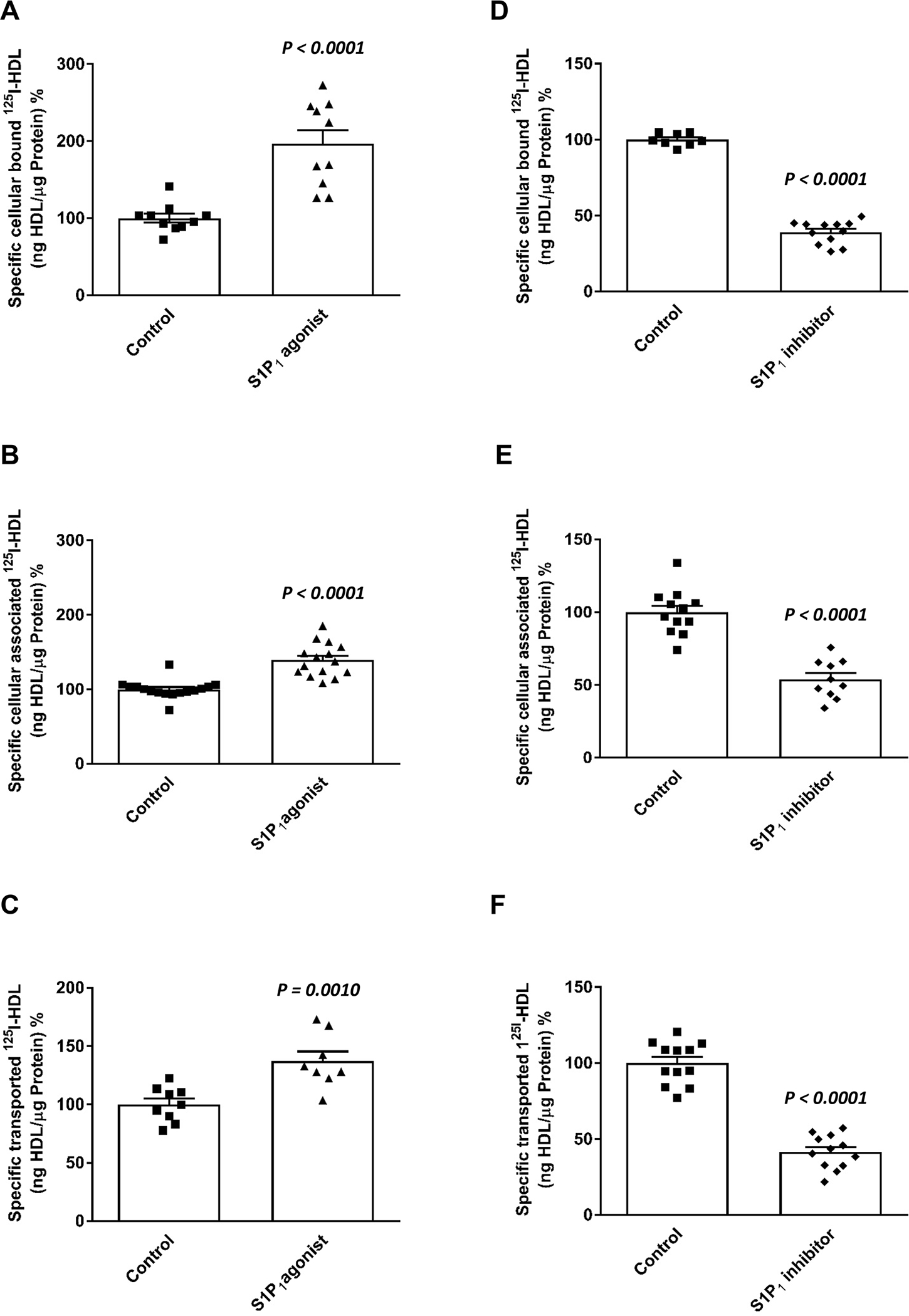Figure 3: Agonists (a-c) and inhibitors (d-f) of S1P1 regulate binding, association and transendothelial transport of HDL in human aortic endothelial cells (HAECs).

HAECs were cultured for 72h. Cells were then treated with S1P1 agonist (SEW2871, 20nM; A-C) or S1P1 inhibitor (W146, 20nM, D-F) for 30 minutes, at 37 °C as indicated. To study cellular binding, association and transport, HAECs were incubated with 10μg/mL of 125I-HDL for 1 hour in the absence (total) or in the presence of 40-fold excess of unlabeled HDL, to record nonspecific interactions. Specific binding, association and transport were calculated by subtracting nonspecific values from total values. Specific binding was measured by incubating cells with 125I-HDL (A, D) at 4°C. To measure specific cell association, cells were incubated with 125I-HDL (B, E) at 37°C. For the measurement of transport, HAECs were cultured on inserts. The transport of 125I-HDL (C, F) from the apical to basolateral compartment was measured at 37°C. The results are presented as means ± SEM of three independent triplicate experiments (n=3). P was calculated by unpaired Mann Whitney U-test.
